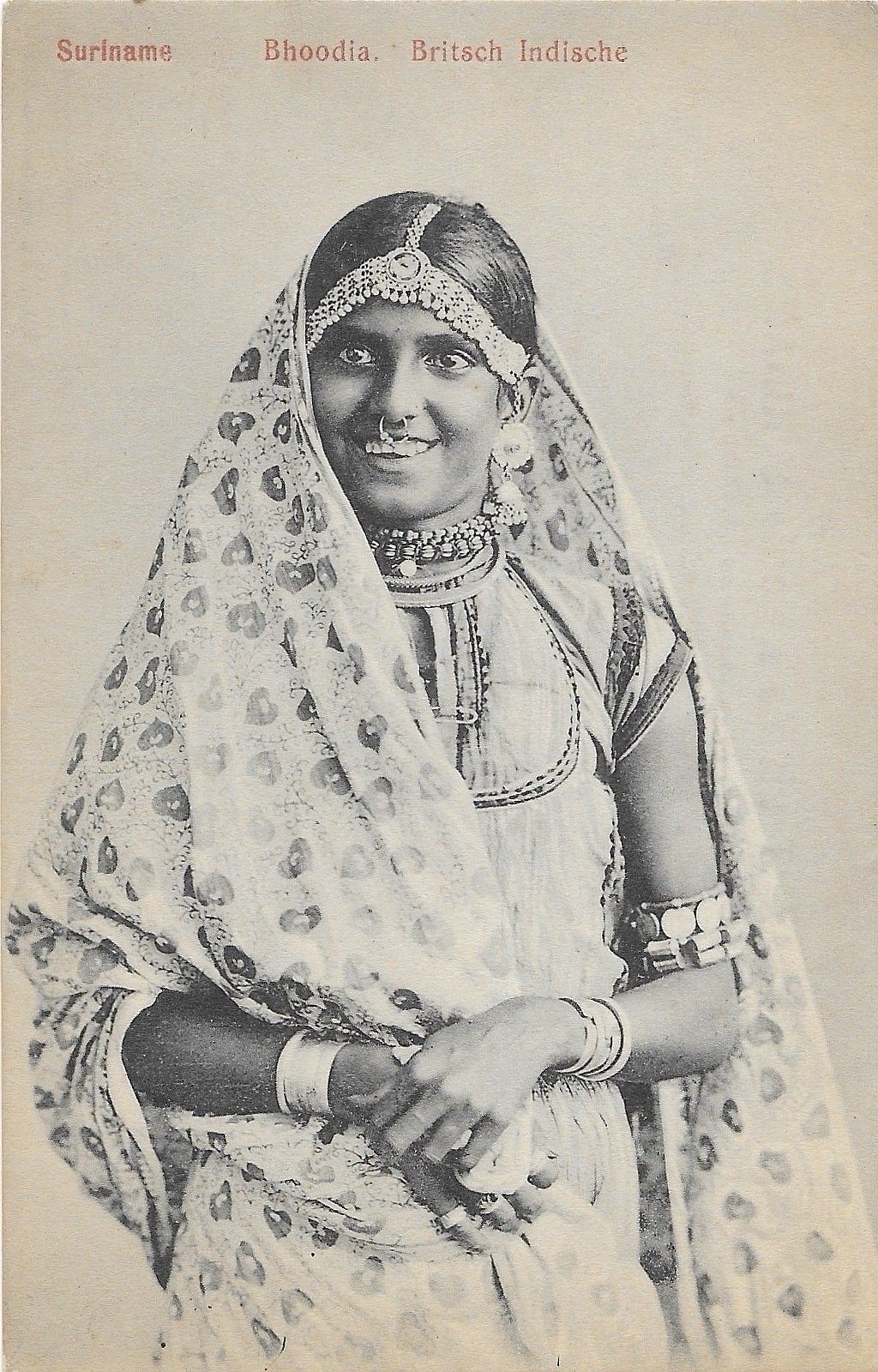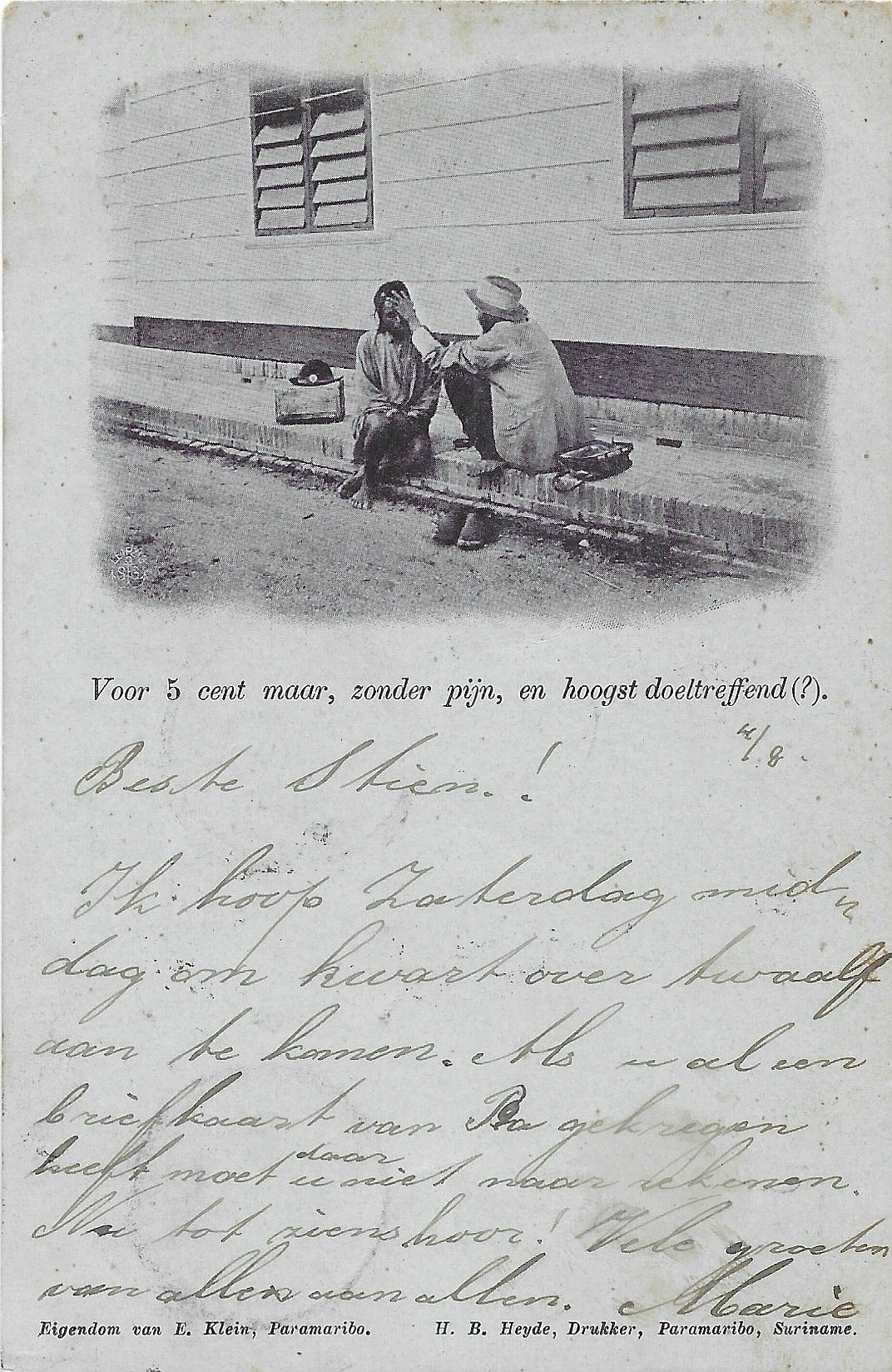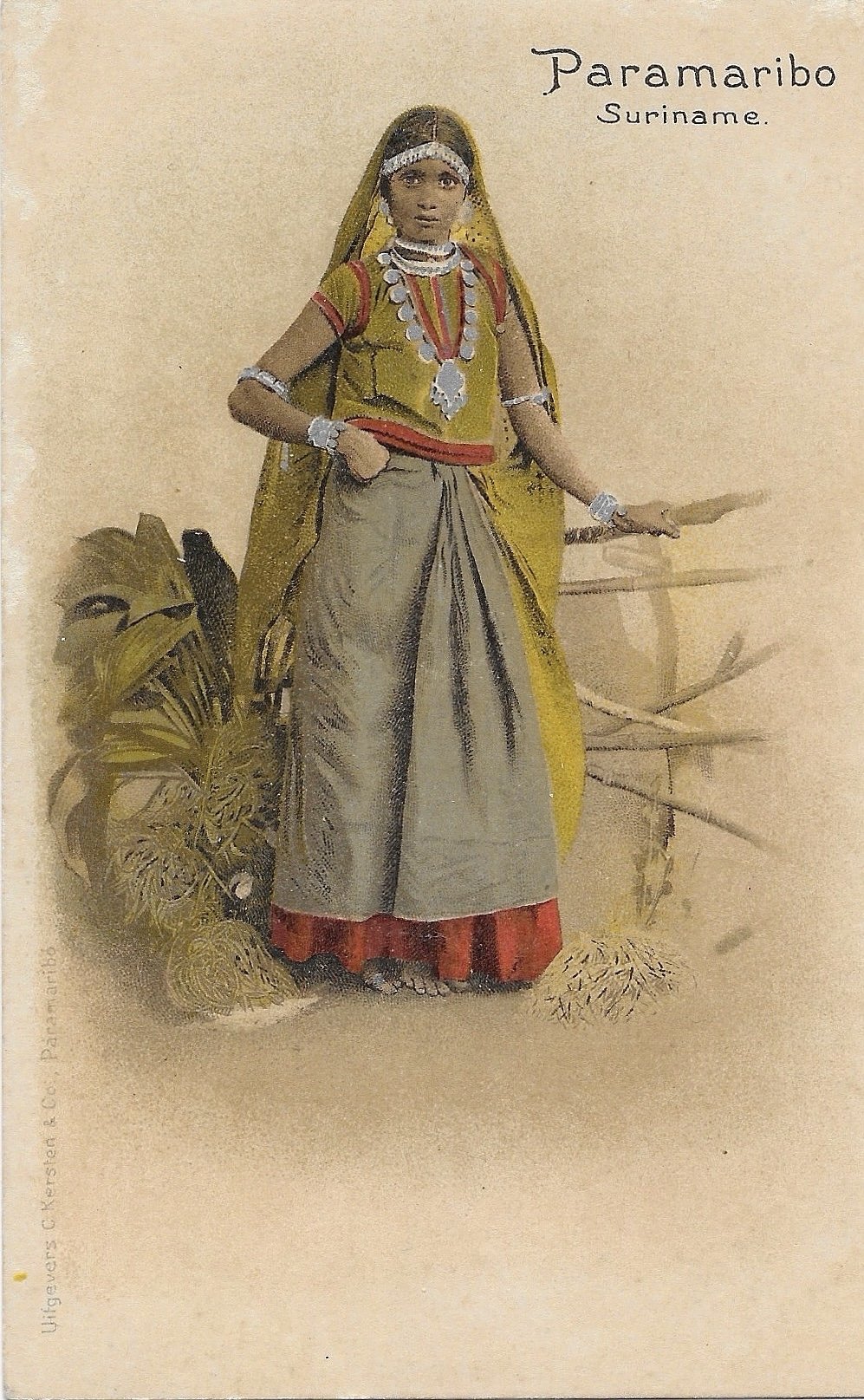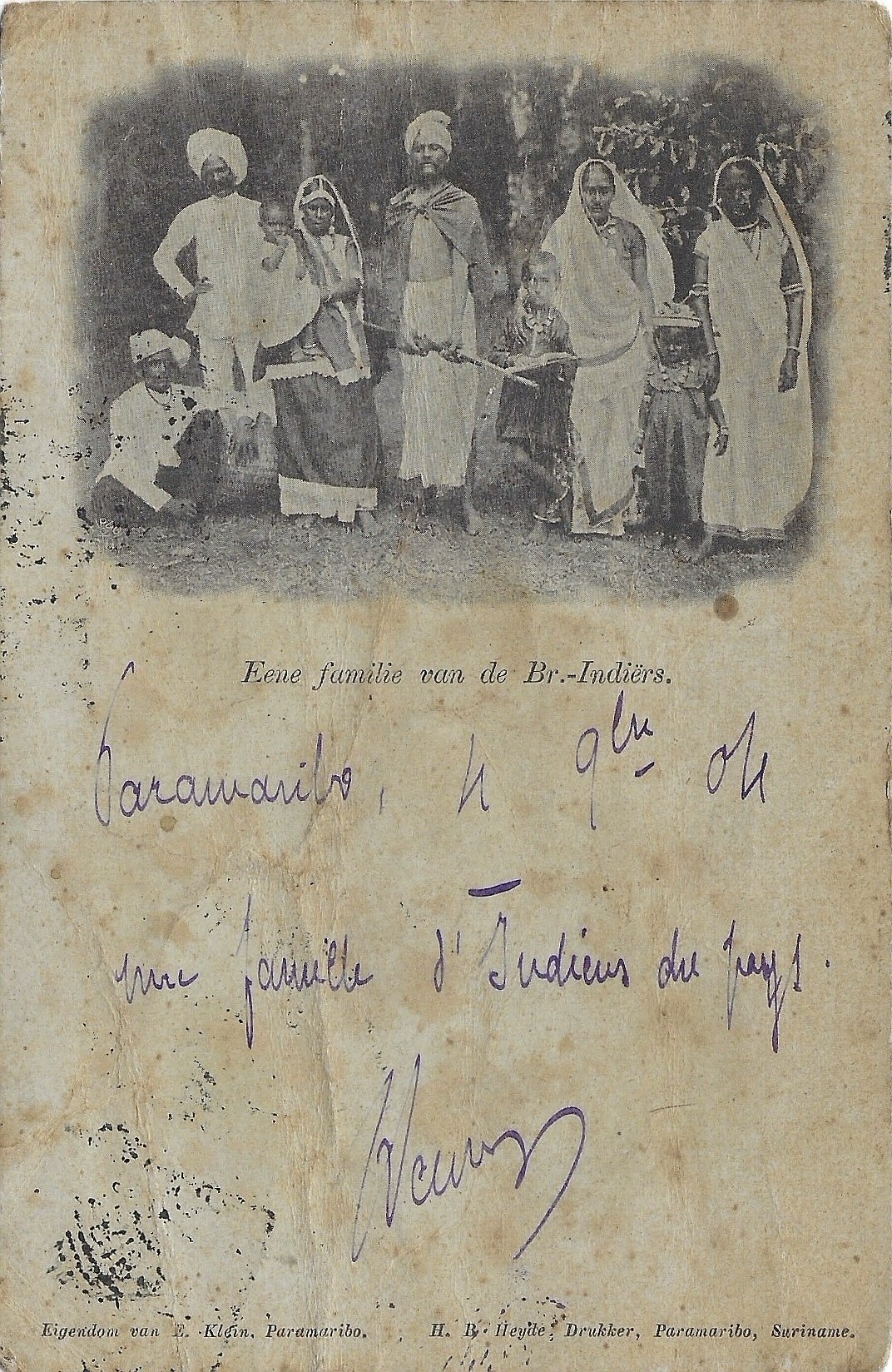On June 5th, 1873 the first ship by the name of Lalla Rookh (meaning ‘tulip-cheeked’ in Persian) arrived at Suriname transporting 399 Hindustani emigrants from Calcutta to Fort Nieuw Amsterdam in Suriname.
The ship arrived just a few weeks before the termination of the Dutch state-run scheme that bound formerly enslaved people to continue labour for plantation owners for an additional ten years, post-abolition of slavery.
Indian migrants, referred to as ‘Hindustanis’ in Suriname, were an alternative source of labour for plantation owners who were urgently seeking a new workforce. The indenture system bound Indian labourers to a five-year contract which many viewed as an opportunity to liberate their families from famine in India. However, the reality of life in Suriname was one of poverty, exploitation and violence.
Amateur photographers Théodore van Lelyveld and Hendrik Doijer produced visual artefacts of indentureship in Suriname. The duo collected and captured photographs of Indian emigrants living in Suriname, including scenes from the ‘immigrant’s depot.’





